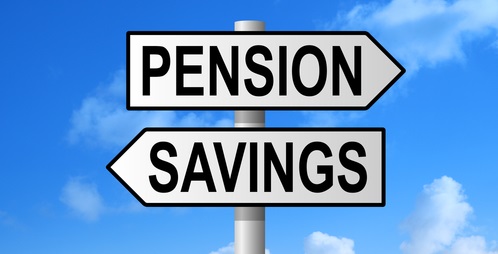How much should employees put aside for their retirement?

All these percentages are bandied about as thresholds for good or acceptable pension saving levels. The first is the bare minimum that government has decreed is enough for auto-enrolment. The middle figure is seen as the target saving amount that will produce an acceptable, if not a generous, level of income in retirement. While the last is seen as a good estimate of reproducing half of one’s pay in retirement after 40 years of saving.
And yet, most people are not doing this.
Aon’s Defined Contribution Member Survey from June 2016 in collaboration with YouGov, which quizzed 2,004 members of DC pension plans, found 85% were saving less than 10% of salary.
Interestingly, 60% of employees said they follow what their employer offers when choosing where to save. This suggests that expectations set by the government and employers around the 8% figure as the bare minimum are influential.
Furthermore, members have traditionally got blanket communications on pensions regardless of salary, but now there is a rapid trend to go personalised or segmented. Such communications can be based on significant birthdays, the amount people have already saved, pay rises or promotions. They can point towards modellers that help employees think more deeply about the outcomes they are comfortable with in retirement.
All of this can build an awareness within the population of what their future financial position could be. If you raise awareness then employees are more likely to take action to try and improve their expected retirement income.
Affordability
There are of course a few barriers along the way to people saving what the industry advises is the ‘correct’ amount for a pension. The creation of the Lifetime ISA and the growth of student debt both make it harder to convince people to make larger pension contributions.
The Aon Defined Contribution Member Survey also recorded that among the 2,004 members quizzed, 45% said they could not afford to save anymore and 40% actively choose to pay off debt or their mortgage rather than save more.
These figures look formidable, but there is another side to this. The Office for National Statistics publishes data on family expenditure patterns in the UK and its most recent report looks at the period 2002-2014. This showed a jump in disposable income for most of us over that time period, partly as the range of essentials we pay (lower interest rates and lower taxation) fell by -2.1%.
Surely some of this extra disposable income should be put aside for retirement? The statistics suggest this is not the case and it is partly as the range of items we buy has increased including smart phones, broadband TV and a higher rate of replacement household items than before. So it is not just debts that are the enemy of pension contributions but consumerism!
Download the whitepaper: Wellbeing, the correlation between employee health and financial wellbeing
Martin Parish is pension consulting lead at Aon Employee Benefits.
This article was supplied by Aon Employee Benefits.







